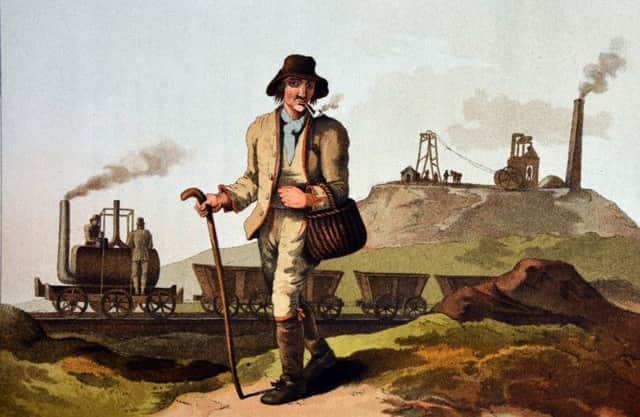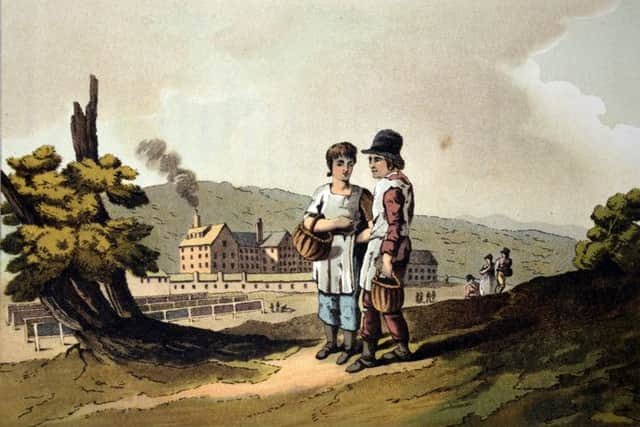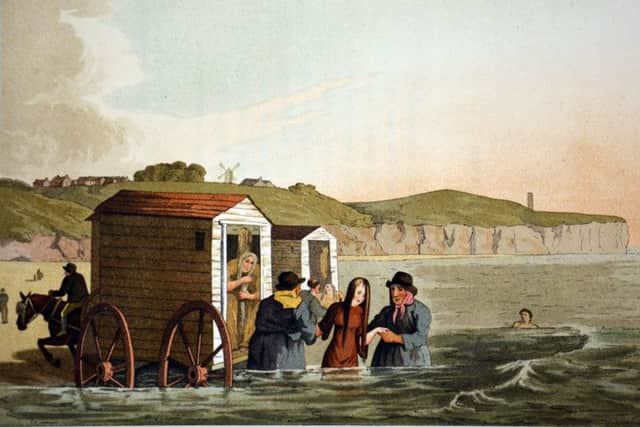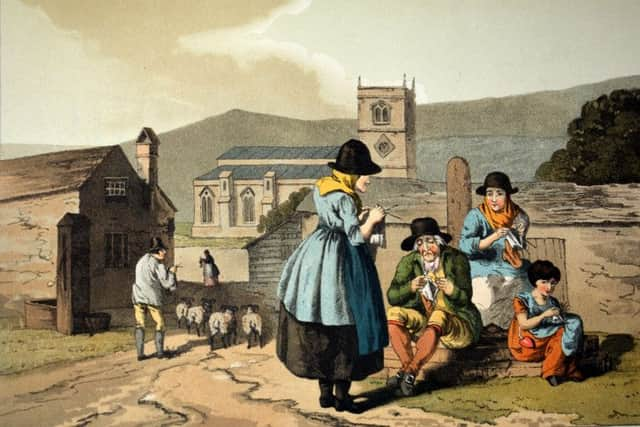Nostalgia: Working life in a time of rapid change


Walker was born, one of five sons, at Killingbeck Hall in Leeds on May 8, 1781. His family hailed from Northumberland and migrated south to Leeds around 1748. His father ran a successful salt business in the city and eventually acquired the Killingbeck Estate, near Seacroft.
George was educated at Mansfield and then at York under the Rev Charles Wellbeloved. On leaving school he helped in the family business but, unsuited to that, he studied natural history and art. The Killingbeck lake and surrounding scenery gave him the opportunity to study the habits of birds and in this respect he was like his friend, the celebrated naturalist and conservationist Charles Waterton of Walton Hall, Wakefield.
Advertisement
Hide AdAdvertisement
Hide AdAt this period George was a prominent sportsman and along with friends, formed the ‘Double Rural’ Club, and rented Roggan Moor, near Bolton Bridge, to shoot grouse.


He was a driving force in establishing an exhibition at Leeds – The Northern Exhibition of Paintings –- which was organised on similar lines to the Royal Academy’s Summer Exhibition in London. Yorkshire landscapes formed the subjects of his early works, and he had a particular method when including figures. At first he sketched a skeleton in the required pose and then put on the drapery.
An important time of his artistic life occurred in 1824 when he made a six-month tour abroad accompanied by William Rhodes of Bramhope and George Banks of Leeds. During this time he visited Naples, Rome, Florence, Switzerland and Paris. It was said of Walker that his character was summed up in the words of one of his old companions: “No man could be more averse to notoriety or publicity... His keen sense of humour made him an entertaining companion, but this never led him to make an ungracious or ill-natured remark.”
Costumes of Yorkshire was published with descriptions both in English and French. They generally explain quite clearly the trade or occupation represented.
Advertisement
Hide AdAdvertisement
Hide AdThe introduction states that Yorkshire “from its great extent, maritime situation, natural productions, fisheries, manufactures, trade and immense population, offers perhaps a greater variety and peculiarity of manner and dress than any other in the kingdom”. It is also pointed out that the humble individuals depicted in their simple and sometimes squalid garb “contribute essentially by their honest labours to the glory and prosperity of their country”.


Plate III of Costumes of Yorkshire depicts a collier returning from work in his usual dress. In the background, Walker included a steam locomotive –produced by John Blenkinsop and Matthew Murray, of Hunslet – hauling wagons loaded with coal from Middleton Colliery, Leeds. It has been claimed that this was the first ever painting of a locomotive. The machine was built in 1812, two years before the celebrated engine by Stephenson.
The various people working in the cloth trade provide subjects for a number of book plates. One of these, Cloth Makers, shows two men who, we are reliably informed, are lower class people, probably from villages in the north west district of the West Riding.
They are carting their cloth on market day for sale in the great cloth halls in either Leeds or Huddersfield.
Advertisement
Hide AdAdvertisement
Hide AdWhalebone Scrapers presents a valuable snapshot of work once carried out on the county’s east coast, particularly in Hull and Whitby.


A number of pictures depict women and even children workers. Amongst the former is a woman gathering cranberries, a group of female Wensleydale knitters and several leech finders.
A strange tale is told of a woman named Slinger, who lived in Cotterdale. She regularly walked to Hawes Market, a distance of three miles, knitting all the way.
Children featured in one of the book plates are young factory workers. It is quite a romantic view, betraying nothing of the horrendous working conditions they once suffered.
Advertisement
Hide AdAdvertisement
Hide AdWalker finds time for humour with the composition Sea Bathing in Bridlington Bay, where a coy young female is daring to take dip without an awning to screen her from the public eye. A caption accompanying the picture states this type of spectacle “frequently occasions ludicrous scenes”.
Walker is also fond of the curious depicting strange Yorkshire customs such as Riding the Stang, Mid-Summer Eve and the Fool Plough.
After his father’s death, Walker lived at Killingbeck Lodge where he died in 1856 and was buried at Seacroft.
According to the Archaeological Society’s website, Walker’s original paintings, once the property of Edward Hailstone, of Walton Hall near Wakefield, now belong to the society.